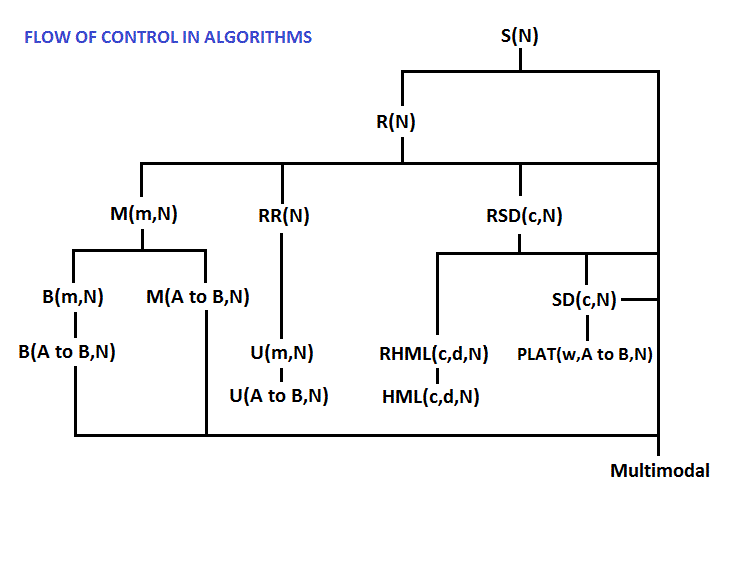Lovegrove Mathematicals
"A calculated distribution is not the underlying set"
Lovegrove Mathematicals
"A calculated distribution is not the underlying set"
In probabilistic analysis, the modern technique is to describe distributions by parametrically-defined formulæ. Often, there are 2 or 3 parameters, specifying what are conveniently referred to as location, scale and as shape, although there may be more or fewer.
The main advantages to this approach are:-
There are, though, disadvantages. These include:
Because of matters such as these, there are times when no parametrically-defined distribution is applicable. When this happens, another approach is needed. The approach followed here is numerical generation.
This approach is made possible by one crucial result, reported on this site: the discovery of a linear bijection from the set of all distributions (of a given degree) to that of all ranked distributions. All of the other distributions reported here start with that result.
It is the development of the algorithms needed by numerical generation, not only as a method of calculation but also to define the distributions themselves, which I am currently working on, and which this part of the site is about.
Any set of distributions can be modified by the following
